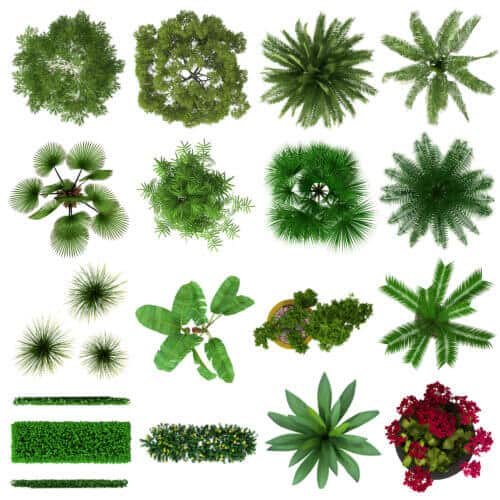Each plant has special organs in different shapes; The leaves, flowers, fruits, and seeds of one plant will not resemble those of another plant, even between two different tomato varieties.

One of the fascinating phenomena in the plant world is the enormous diversity that exists. Each plant has special organs in different shapes; The leaves, flowers, fruits and seeds of one plant will not resemble those of another plant. Variation can be found within a certain group of plants, for example tomato, potato, pepper and tobacco belong to the Solanaceae family, meaning they are all relatives, and all have different shapes of leaves, flowers, fruits and seeds. Moreover, it is possible to notice differences even within the same species - tomatoes of different species will produce different leaves and fruits. In some cases, the same plant produces different leaves at different stages of development; There are plants that produce simple leaves at an early stage in their lives and as they mature begin to produce more and more complex leaves. Prof. Naomi Uri, PhD student Alon Israeli and other partners from the Institute of Plant Sciences in the Faculty of Food and Environmental Agriculture of the Hebrew University, detail in a new study how the developmental flexibility in plants is achieved, i.e., what makes it possible to create so many forms and variety. The study was recently published in the journal New Phytologist.
The researchers created mutant leaves of the tomato plant by creating changes in the genes using CRISPR, and scanned the expression of the mutation in the shape of the leaves. They found that the genes that affect the shape of the leaf can be divided into two main groups: a group that affects the bit of development and a group that affects the way of development. The first group contains genes that affect the maturation rate of the leaf. The faster the maturation rate, the smaller and simpler the resulting leaf. On the other hand, the slower the pace, the leaf has time to develop a complex shape and grow and the resulting leaves will be more complex and larger. The time it takes for a leaf to mature creates a "developmental window" for variety.
The second group contains genes that affect the unique shape of the leaf, by causing growth in certain areas and not others. "We found that there are several different pathways that affect growth and they work in parallel with each other," explained Alon Israeli and continued, "in addition, the genes that affect the growth of the leaf work within the developmental window. Therefore, when the developmental window is very short, the genes that control growth are almost never expressed. On the other hand, when the developmental window is very long, they are more active."
In the next phase of the study, the researchers looked at how genes from the two groups work together. "We found that if we damage the genes that affect the growth of the leaf (from the second group), even if the developmental window is very long (meaning we would expect to get complex leaves), very simple leaves are obtained," said Prof. Naomi Uri. "In fact, almost all the developmental processes that lead to the creation of complex forms are controlled by these two processes - developmental time and growth. These findings indicate the importance and contribution that both developmental processes have on the final shape of the plant and therefore also on its performance."
More of the topic in Hayadan:
